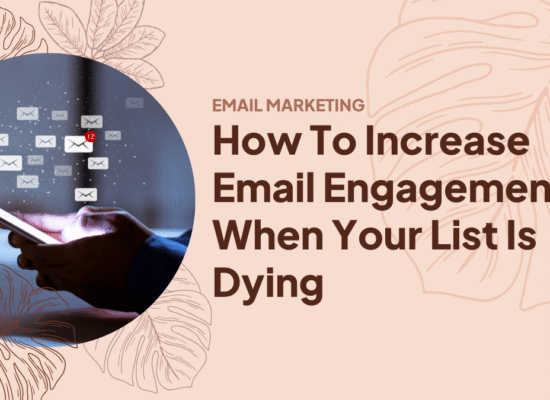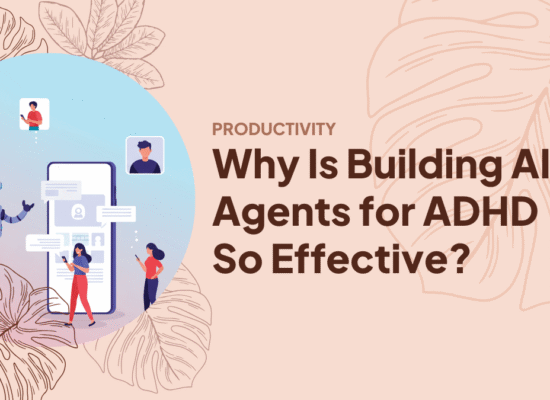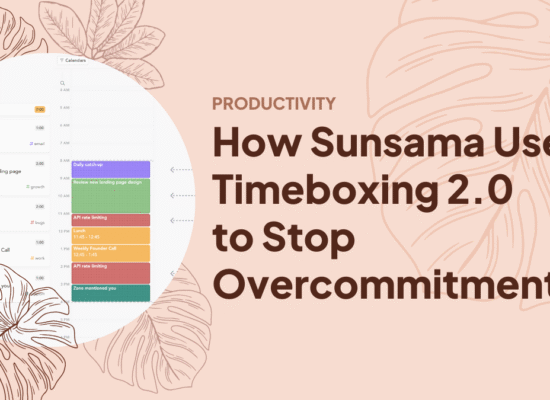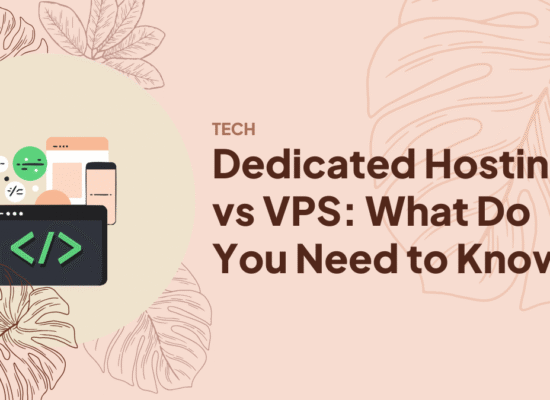Table of Contents
- The Emotional Foundation of B2B Branding
- Reimagining B2B Relationships Through Branding
- Visual Identity: The Face of Your B2B Brand
- Practical Strategies for Building Partnership-Driven B2B Brands
- Design Pickle: Transforming B2B Brand Identities Through Unlimited Design
- The Human Element in Branding
- Say Goodbye to Creative Bottlenecks, Hello to Scalable Design
The landscape of B2B relationships has undergone a remarkable transformation over the past decade. What once existed as purely transactional exchanges has evolved into something far more nuanced and interconnected. Today’s B2B partnerships are built on foundations that extend well beyond price points and service offerings—they’re rooted in shared values, aligned visions, and yes, emotional connections.
Traditional approaches to B2B branding have typically focused on logical appeals: efficiency gains, ROI calculations, and feature comparisons. While these elements remain important, they’ve proven insufficient for building the kind of lasting partnerships that drive sustainable growth. When businesses position themselves solely on functional benefits, they create interchangeable relationships that can be easily disrupted by competitors offering marginally better terms.
The missing ingredient? Emotion.
It might seem counterintuitive to discuss emotional connections in business contexts, but the evidence is compelling. Behind every corporate decision stand human beings—individuals with aspirations, concerns, and the very human desire to align themselves with partners who understand their challenges. This emotional undercurrent flows through every business relationship, whether acknowledged or not.
Successful B2B branding creates meaningful partnerships by connecting on three fundamental levels: values that establish what matters most, vision that charts a compelling future direction, and genuine human emotion that builds trust and loyalty. When these elements align between businesses, they forge relationships that withstand market fluctuations, competitor advances, and the inevitable challenges that arise in any partnership.
The most resilient business partnerships today aren’t just about what companies do—they’re about who they are and what they stand for. Let’s explore how emotional intelligence in B2B branding creates connections that transform transactional arrangements into transformative partnerships.
The Emotional Foundation of B2B Branding
For decades, the prevailing wisdom suggested that B2B purchasing decisions were fundamentally different from consumer choices—they were supposedly rational, methodical, and emotion-free. Recent research tells a different story. A landmark study by Google and CEB found that B2B customers are significantly more emotionally connected to their vendors and service providers than consumers are to their brands.
Why? Because the stakes are higher. When you choose a business partner, you’re often making decisions that impact your company’s performance, your team’s success, and sometimes even your personal career trajectory. These high-stakes decisions naturally trigger emotional responses.

I’ve witnessed firsthand how the best B2B branding strategies tap into emotional decision drivers. When evaluating potential partners, business leaders ask themselves questions that go beyond capabilities:
- “Do I trust this company to deliver when it matters most?”
- “Will they understand our unique challenges?”
- “Can I envision a long-term relationship with this team?”
These questions reveal how deeply emotional factors influence partnership decisions. Research from Deloitte confirms this reality, showing that 65% of B2B customers make purchases based on emotional factors like the belief that a brand cares about their needs.
Trust functions as the bedrock upon which all meaningful business partnerships are built. It’s established through consistency, transparency, and the demonstration of shared values. When your branding clearly communicates what your company stands for, you naturally attract partners whose values align with yours.
For instance, a company that emphasizes sustainability in its branding will likely find stronger partnerships with other environmentally conscious organizations. These shared values create a sense of “we’re in this together” that transcends transactional relationships.
Business partnerships founded on emotional connections demonstrate remarkable resilience. When challenges arise—as they inevitably do—partners who feel emotionally invested in the relationship are more likely to work through difficulties rather than immediately seeking alternatives.
These emotional bonds also make partnerships more resistant to competitive disruption. When a competitor approaches your partner with a marginally better offer, the emotional equity you’ve built provides a powerful reason to maintain the existing relationship. This phenomenon explains why companies with strong branding that emphasizes emotional connection typically enjoy longer customer retention rates and more stable partnership ecosystems.
Reimagining B2B Relationships Through Branding
The most powerful shift in modern B2B branding is the movement from transaction-focused relationships to transformational partnerships. Transactional relationships center on immediate exchange: services for payment, products for purchase orders. Transformational partnerships, by contrast, focus on mutual growth and shared success.
I’ve seen how this shift changes conversations. Instead of negotiating terms, transformational partners discuss shared objectives. Rather than focusing exclusively on deliverables, they explore ways to create greater mutual value. This evolution represents a fundamental reimagining of what business partnerships can achieve.
Companies leveraging services like unlimited design subscription platforms can better facilitate this transformation by ensuring their visual identity evolves alongside their partnerships. As relationships deepen, the ability to quickly adapt brand expressions to reflect growing connections becomes invaluable.

Effective B2B branding serves as a powerful alignment mechanism between organizations. When your brand clearly communicates your company’s purpose, values, and approach, it naturally attracts partners who resonate with your vision. This initial alignment creates a foundation for deeper collaboration.
For example, a software company whose branding emphasizes collaborative innovation will naturally appeal to partners seeking co-development opportunities. Their brand becomes a beacon that signals potential alignment before the first meeting ever takes place.
This alignment extends to operational aspects as well. Partners who share similar values typically find it easier to integrate processes, share data, and collaborate on joint initiatives. Their aligned brands reflect aligned operational philosophies.
Consistency builds confidence. When your business branding maintains coherence across all touchpoints—from your website to your sales presentations to your customer support—you signal reliability to potential partners. This consistency demonstrates that your organization delivers on its promises.
Authenticity, meanwhile, creates connections that endure. Brands that honestly represent their capabilities, values, and approaches establish realistic expectations that they can consistently meet or exceed. In contrast, brands that overpromise typically create partnerships that falter when reality fails to match the initial representation.
Together, consistency and authenticity create a foundation of trust that supports meaningful partnership development. An unlimited graphic design resource can help maintain this consistency across all partnership materials, ensuring your brand’s authentic voice remains clear no matter how many touchpoints you create.
Visual Identity: The Face of Your B2B Brand
The visual elements of your brand often create the first impression potential partners have of your business. I’ve watched countless partnership conversations shift dramatically based on the perception created by a company’s visual identity. Far from being superficial window dressing, your visual brand communicates fundamental truths about your organization’s values, attention to detail, and commitment to excellence.
In B2B markets, a distinctive visual identity serves as a powerful differentiator. When I work with technology companies, for example, I notice how those with thoughtfully crafted visual identities stand out in an industry often dominated by generic blue logos and interchangeable stock photography. The companies that invest in memorable visual systems create immediate recognition and recall—critical advantages in crowded marketplaces.

This is where unlimited graphic design services have revolutionized how businesses approach their visual branding. I’ve witnessed companies transform their market presence by leveraging these services to maintain consistent, high-quality design across all touchpoints. Rather than producing visual assets sporadically or inconsistently, an unlimited design subscription enables ongoing refinement and evolution of your visual identity as partnerships develop.
The most effective B2B visual identities share several key elements. They utilize distinctive color palettes that differentiate from competitors while reflecting brand attributes. They employ consistent typography that conveys personality while ensuring readability across digital and physical environments. They develop flexible yet recognizable iconography and illustration styles that can adapt to various contexts while maintaining brand coherence.
Consistency across touchpoints remains perhaps the most critical aspect of successful visual branding for partnerships. When potential partners encounter your brand across your website, pitch materials, social channels, and product interfaces, consistency creates cumulative impact. I’ve seen how this consistency builds the perception of reliability and attention to detail—attributes that directly influence partnership decisions. Your visual identity becomes a silent ambassador, constantly reinforcing your company’s values and approach even when you’re not in the room.
Practical Strategies for Building Partnership-Driven B2B Brands
Building a strategy focused on partnerships requires intentional planning and execution. Through my work with various B2B companies, I’ve developed a strategic approach that consistently yields stronger partnership opportunities and more resilient business relationships.
Start with a comprehensive brand audit specifically through the lens of partnerships. This goes beyond standard brand assessment by examining how your current identity resonates with potential partners rather than just end customers. Evaluate your visual assets, messaging, and overall brand experience from the perspective of companies you wish to collaborate with. Ask probing questions: Does your current branding communicate openness to collaboration? Does it clearly signal your areas of expertise? Does it convey a sense of reliability and innovation? These insights provide the foundation for partnership-focused brand refinements.

Next, develop messaging that specifically addresses potential partners’ needs and aspirations. I’ve found that partnership-driven messaging differs significantly from customer-focused communication. It emphasizes complementary capabilities, shared values, and mutual growth opportunities. The most effective partnership messaging I’ve helped develop frames collaboration as an opportunity to create something greater than what either company could achieve independently. This approach shifts the conversation from transaction to transformation—a powerful positioning for meaningful partnerships.
Creating visual identities that communicate partnership values requires strategic design thinking. Consider developing specialized visual systems for partnership programs that maintain your overall brand identity while emphasizing collaboration. Many companies I work with create partnership-specific extensions of their core visual system—shared badges, co-branded templates, and visual frameworks that accommodate both brands elegantly. A boutique agency becomes invaluable here, allowing for the creation of numerous partnership-specific assets without compromising quality or consistency.
To maintain this consistency, leverage a partnership with a creative agency strategically. I recommend creating comprehensive partnership design systems rather than one-off assets. Develop templates and frameworks that can be easily adapted for different partners while maintaining your core brand identity. These systems should include co-branding guidelines, presentation templates, and digital assets that partners can implement correctly and confidently. This systematic approach ensures your brand maintains integrity across all partnership touchpoints.
Measuring the Impact of Your B2B Branding on Partnerships
Measuring how your b2b branding influences partnerships isn’t just about collecting data—it’s about gathering intelligence that drives meaningful connections. Throughout my years in strategic branding, I’ve discovered that companies who track specific metrics gain powerful insights that transform their collaborative relationships.
Let me share the most impactful approaches:

Key metrics worth tracking:
- Partnership longevity (average duration of relationships)
- Expansion rate (how often initial collaborations grow into broader initiatives)
- Referral frequency (how often existing partners introduce you to new opportunities)
- Digital engagement with co-created content and partnership announcements
Qualitative assessment methods:
- Regular brand perception surveys with current partners
- Attribute rating frameworks (where partners evaluate your innovation, reliability, etc.)
- Competitive positioning analysis (understanding where your brand stands against alternatives)
Gathering actionable feedback:
- Implement structured check-ins at key partnership milestones, not just project conclusions
- Create safe spaces for candid conversation beyond formal feedback mechanisms
- Use visual exercises where partners map their emotional journey working with your brand
Implementing strategic adjustments:
- Leverage your unlimited design subscription to quickly refresh materials based on feedback
- Prioritize improvements that address friction points in partner experiences
- Test refinements with small partner segments before broader implementation
What I’ve personally found most valuable is establishing a rhythm of review and refinement. Remember, the goal isn’t perfect metrics—it’s developing a brand that resonates so deeply with potential partners that collaboration becomes the natural next step.
Design Pickle: Transforming B2B Brand Identities Through Unlimited Design
Throughout my career, I’ve witnessed a remarkable pattern: companies with consistent design resources build stronger partnerships than those with sporadic creative output. This observation led me to Design Pickle’s unlimited design approach—a model that addresses the exact challenges I’ve seen derail promising business relationships.
The unlimited design concept fundamentally transforms how B2B companies approach partnership development. Rather than treating design as a finite project with predictable beginnings and ends, it becomes an ongoing strategic resource. This shift is particularly powerful for partnership materials, where consistency builds credibility with every interaction.
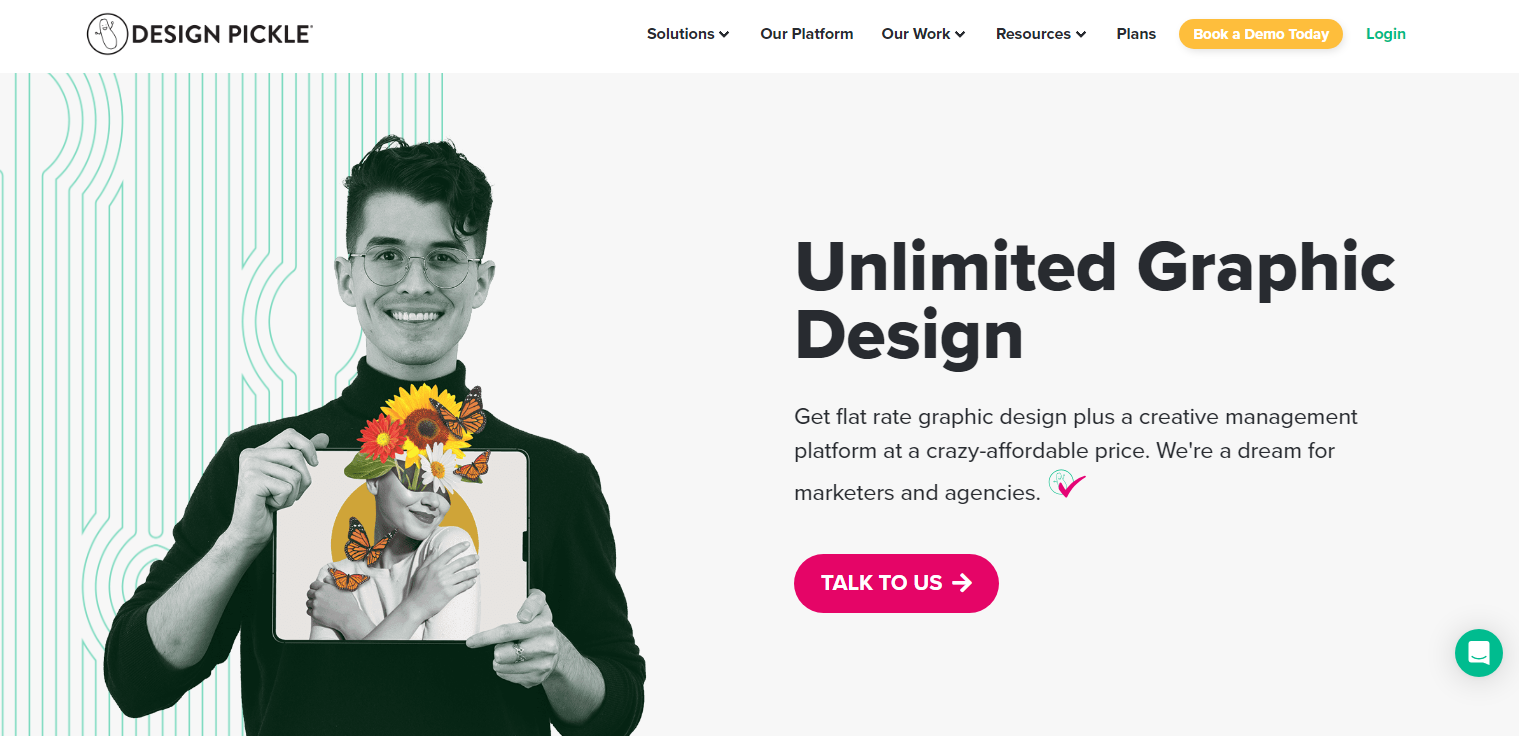
What makes this approach different from boutique agency relationships is the dedicated nature of the creative partnership. Your designers develop institutional knowledge about your brand over time, eliminating the constant rebriefing that typically happens with project-based work. This continuity proves invaluable when creating co-branded materials that must honor both partners’ identities.
I’ve guided several technology companies through this transformation. One cybersecurity firm evolved from technically respected but visually forgettable to having a distinctive market presence that attracted higher-caliber partners. Another SaaS provider leveraged their unlimited design agency relationship to create customized partnership decks for each potential collaboration, dramatically improving their conversion rates.
For those looking to implement this approach, I recommend starting with a partnership design system—a flexible framework of templates and guidelines specifically for collaborative relationships. Unlike the project-based limitations of a creative agency, this systems approach ensures consistency while allowing for customization that honors each unique partnership.
The strategic advantage ultimately lies in responsiveness. When partnership opportunities emerge unexpectedly—as they often do—having on-demand design capacity means you’re always prepared to make a powerful first impression that can transform casual conversations into meaningful business relationships.
The Human Element in Branding
What began as a conversation about logos and color palettes has evolved into something far more profound—a recognition that behind every business partnership stand people seeking meaning, alignment, and shared purpose.
The partnerships that withstand market fluctuations aren’t built on transaction terms alone, but on emotional foundations of trust, shared values, and mutual respect. I’ve seen how companies that embrace this truth—that invest in branding as a relationship-building tool rather than just a marketing exercise—create business connections that withstand competitive pressures and market uncertainties.
Key Takeaways:
- Emotional connections matter deeply in B2B relationships, creating partnerships that withstand competitive pressures and market fluctuations. These connections transform transactional arrangements into meaningful collaborations that create mutual value. They provide resilience during inevitable challenges that arise in any business relationship.
- Visual consistency builds cumulative trust with every interaction across partnership touchpoints. This consistency demonstrates attention to detail and reliability that potential partners unconsciously evaluate. It creates a foundation of professionalism that supports more meaningful business discussions.
- Unlimited design resources transform how B2B companies approach partnership development, ensuring consistent quality across all collaborative materials. These resources allow for responsive creation of tailored partnership materials that demonstrate commitment. They provide the flexibility to evolve visual expressions as partnerships deepen over time.
Say Goodbye to Creative Bottlenecks, Hello to Scalable Design
Frequently Asked Questions
How do I measure the ROI of our B2B branding investment?
Beyond traditional metrics like lead generation and conversion rates, measure partnership-specific outcomes including relationship longevity, expansion of initial collaborations, and partner-sourced referrals. These metrics reveal how your branding supports meaningful business relationships and creates compounding value over time.
How often should we refresh our B2B brand identity?
Rather than thinking in terms of complete overhauls every few years, consider brand evolution as an ongoing process of refinement based on partnership feedback and changing market conditions. This approach allows your brand to remain fresh while maintaining the consistency that builds trust with existing partners.
What's the biggest mistake companies make with their B2B branding?
The most common mistake I’ve observed is treating B2B branding as purely rational when emotion drives significant partnership decisions. This misunderstanding leads to brand expressions that fail to connect on a human level, missing opportunities to build the emotional bonds that create resilient business relationships.



